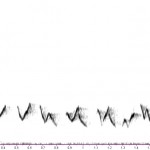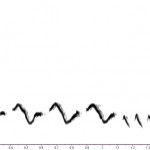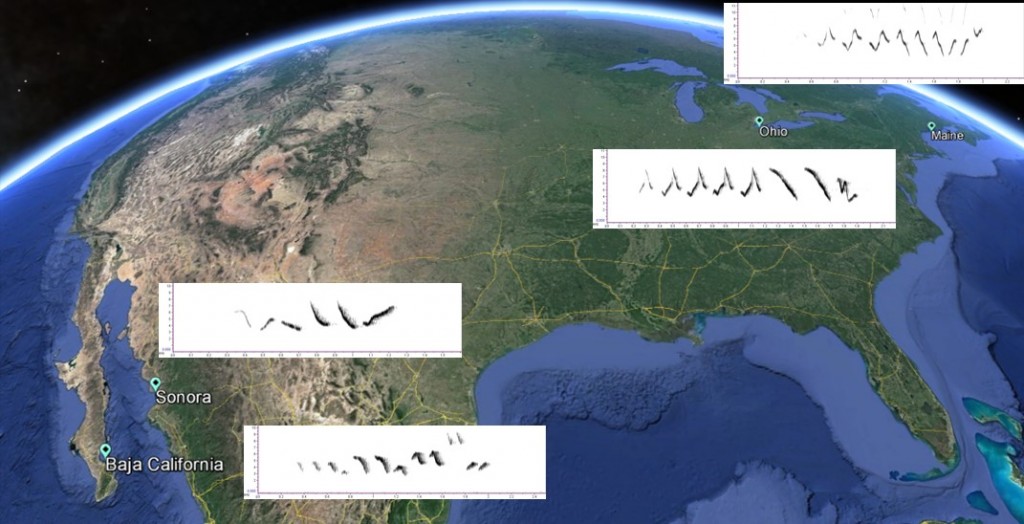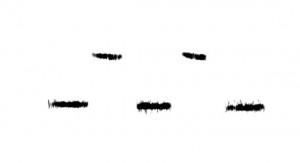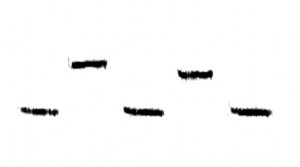The early risers among us may have noticed that songbirds are singing again. For Northern Cardinals and Carolina Wrens in our gardens spring has started with the change in day length on December 21. One can really notice now that the mornings get light earlier with every day and the males of our local songbird species are getting ready for the next breeding season. They set up territory and woo females. But more about our local birds on Friday, let’s travel to the tropics!
In the tropics, birds barely take a break from singing. If conditions allow it, they will breed year-round and thus most of them keep their territory and mate. Such long-term relations call for special communications: males and females of many neo-tropical wrens sing very precisely coordinated duets. For the untrained listener it may sound like one song, that’s how closely the phrases are linked. Researchers, however, have shown that both male and female contribute to this continuous song, thus performing a duet.
Can you hear whether these are two birds singing or one?
Sandy Gaunt, curator emerita from the Borror lab and longtime volunteer, recorded these Stripe-breasted Wrens Cantorchilus thoracicus in the dense undergrowth of the tropical lowland wet forest in Costa Rica on no other day than February 14 in 1992. Sandy found these birds near the Hitoy Cerere Biological Reserve, southwest of Puerto Limon in Costa Rica, a rugged and undeveloped park with abundant wildlife.
The song of a close relative to the Stripe-breasted Wren, the Plain Wren Cantorchilus modestus zeledoni, has been studied in some detail by Karla Rivera-Cáceres from the University of Miami, Florida. These wrens perform precisely coordinated duets as you can see for yourself in the spectrogram below – a visual representation of sound with frequency or perceived pitch over time. Both males and females adjust their song and pauses between songs to coordinate with their partner. Red bars indicate the female’s contribution, bluish bars the male’s.
Listen to these male and female Plain Wrens duetting as recorded by Jacob R. Saucier. The recording is archived with Xeno-canto, an online collection of bird songs from around the world (XC319021).
So, shall we call this a love song? There are many hypotheses for why birds duet, one suggests that the level of coordination may signal pair bond strength, the level of commitment a mated male and female have of cooperating with one another. Other hypotheses suggest that duetting may help mates to stay in contact in dense habitat, or two singing birds may be more intimidating and thus more effective when defending a territory. Future research will show which of these hypothesis is most likely for the Stripe-breasted Wren.
Reference:
 About the Author: Angelika Nelson is the curator of the Borror Laboratory of Bioacoustics and instructor for the OSU Ohio Birds class each spring.
About the Author: Angelika Nelson is the curator of the Borror Laboratory of Bioacoustics and instructor for the OSU Ohio Birds class each spring.
*** We would like to hear from you – please leave a comment ***





